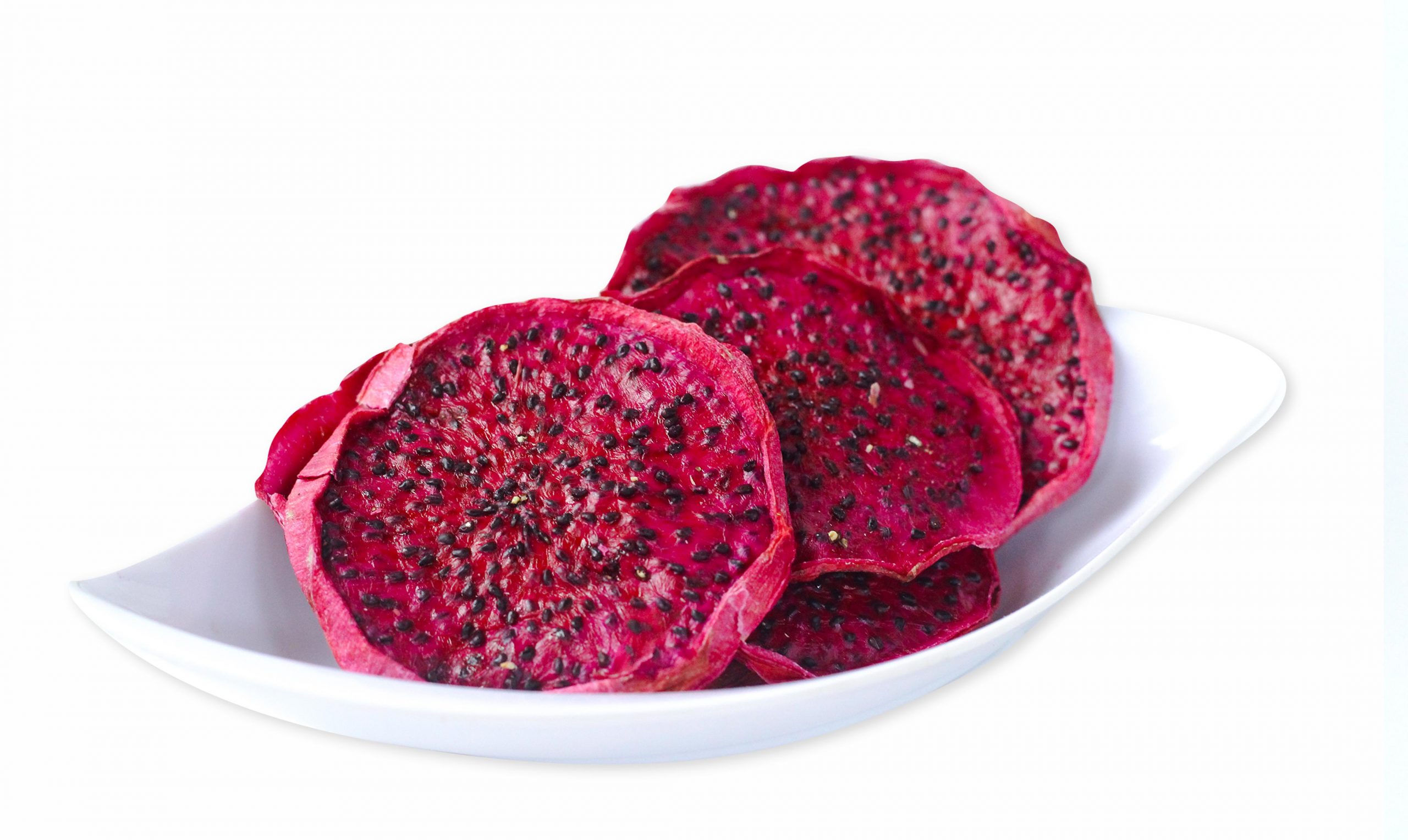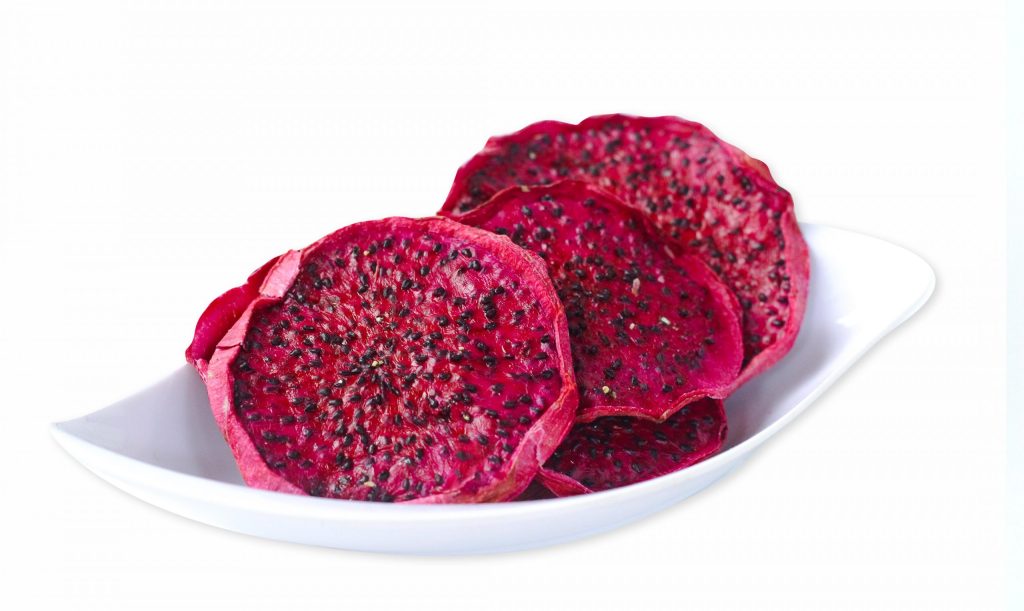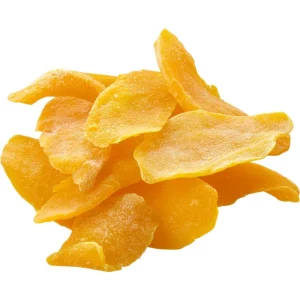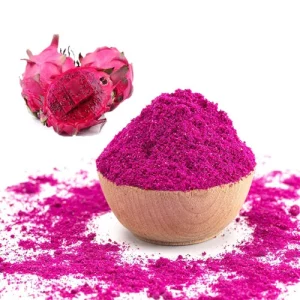I bit into the apricot. Juice ran down my fingers. It wasn’t fresh fruit. It was better. Plump, moist, bursting with concentrated flavor. This was soft dried fruit. You know that feeling when something exceeds your expectations? That’s what happens here.
You deserve more than those tough, leathery dried fruits that hurt your jaw. We all do. The good ones keep just enough moisture—about 25-35%. They feel right in your hand. They satisfy when you’re hungry. They connect you to the essence of the fruit.
What They Are and Why It Matters
Soft dried fruits hold onto their soul. Conventional dried fruits lose most of their moisture, down to 15-25%. The difference feels real in your mouth.
They get this way through three main methods:
Controlled drying stops at the perfect moment. The fruit stays tender.
Careful rehydration brings moisture back to fully dried fruit.
Sometimes preservatives help, but not always. Many come clean. Check the label if that matters to you.
You won’t need to chew and chew and chew. Your teeth break through with ease. The flavor hits all at once. The moisture carries it straight to your taste buds. You don’t just taste—you experience.
Their Honest Texture
The mouth knows the truth. Soft dried fruits don’t lie. They give immediately.
They feel plump between your fingers. You can squeeze them gently.
Your teeth meet little resistance. Children enjoy them. Older folks with dental work can eat them without fear.
The juiciness surprises you. It shouldn’t be there after drying, but it is.
This isn’t just about taste. It’s about pleasure. The simple joy of eating without struggle.
Health That You Can Feel
I care about what goes into my body. You probably do too. These fruits offer honest nutrition.
The fiber fills you up and keeps your gut happy. I’ve felt that satisfaction after eating just a few pieces.
Vitamins and minerals concentrate during drying. Potassium for your heart. Vitamin A for your eyes. Iron for your blood. B vitamins for your energy.
Antioxidants fight for you inside your cells. They protect what matters.
When afternoon fatigue hits, these fruits fight back with natural energy. No crash later. Just fuel that your body recognizes.
Truth About Moderation
I won’t lie to you. These need respect. Everything good about the fruit concentrates, including sugar and calories. A small handful satisfies. About a quarter cup. Honor that.
Some people react badly to sulfites. If that’s you, look for “sulfite-free” or “unsulfured” labels. Your body will thank you.
Watch for added sugars in cranberries and cherries. They’re often too tart without help. Read the ingredients.
For specific health concerns, talk to someone who knows your body. A doctor or dietitian sees what I can’t.
Fruits Worth Knowing
Each fruit brings its own gifts. I’ve tried them all. Here’s what I’ve found:
Soft dried apricots feel like pure sunshine. They glow orange when sulfite-treated. They turn brown but taste just as good without.
Figs offer a tiny crunch inside tender flesh. Your calcium and iron levels rise when you eat them.
Prunes help everything move along. Their sticky sweetness hides their medicine.
Dates—especially Medjool—taste like nature’s caramel. They fuel hard work and satisfy deep cravings.
Mangoes bring tropical memories with every bite. Their Vitamin A protects your eyes.
Cranberries add tartness but often need added sweetness to balance. They help your urinary tract stay healthy.
Cherries range from sweet to tart. Their deep red color signals antioxidants at work.
Using Them In Your Life
These fruits adapt to your needs. I keep them in my backpack, my desk drawer, and my kitchen.
Eat them alone when hunger strikes. Mix them with nuts and seeds for longer energy.
Morning oatmeal transforms with its sweetness. Yogurt becomes more interesting. Smoothies gain depth.
They make baking better. Muffins stay moist longer. Cookies gain chewiness. Quick breads need less sugar.
And they surprise in savory dishes. Have you tried apricots in a Moroccan chicken dish? They belong there. Cherries make sense with pork. Figs complement savory stuffing.
Salads need their concentrated sweetness. Grain bowls feel empty without them.
They belong on cheese boards. Try a soft goat cheese with a dried fig. You’ll understand.
Simple Energy Bites
When time runs short, they save me. I blend dates with oats, nuts, and a spoonful of almond butter. I roll the mixture into balls. I have real food that travels anywhere. No cooking needed.
Choosing The Best Ones
Trust your eyes and hands. Look for simplicity in ingredients. Just the fruit itself—that’s ideal.
They should yield to gentle pressure. Too hard means too dry. Too sticky means added sugar or processing.
Consider organic if pesticides worry you. Organic usually means no sulfites.
Buy what you’ll eat within a few months. Freshness matters, even in dried things.
Keeping Them Right
I learned this the hard way: Airtight containers matter. Glass jars work best. They keep moisture in and pantry smells out.
Keep them cool and dark. Sunlight steals their goodness.
For longer life, move them to the refrigerator. For the longest storage, freeze them. They thaw quickly when needed.
Soft vs. Regular: The Honest Difference
Soft dried fruits give more moisture, 25-35% compared to 15-25%.
They feel tender, not tough. Your mouth notices immediately.
You can use them right away. No soaking needed.
They won’t last quite as long on the shelf, but they rarely get the chance. They disappear too quickly in my house.
The Simple Truth
I’ve found a few foods that offer so much with so little effort. These fruits connect us to distant orchards and sun-drenched fields.
They travel well. They wait patiently. They forgive our neglect.
When you choose them, watch your portions. Their concentrated nature demands respect.
But don’t hesitate. Their tender sweetness offers honest pleasure. Their nutrients build real health. Their convenience serves busy lives.
Try them. Feel the difference. Let them surprise you.











Reviews
There are no reviews yet.